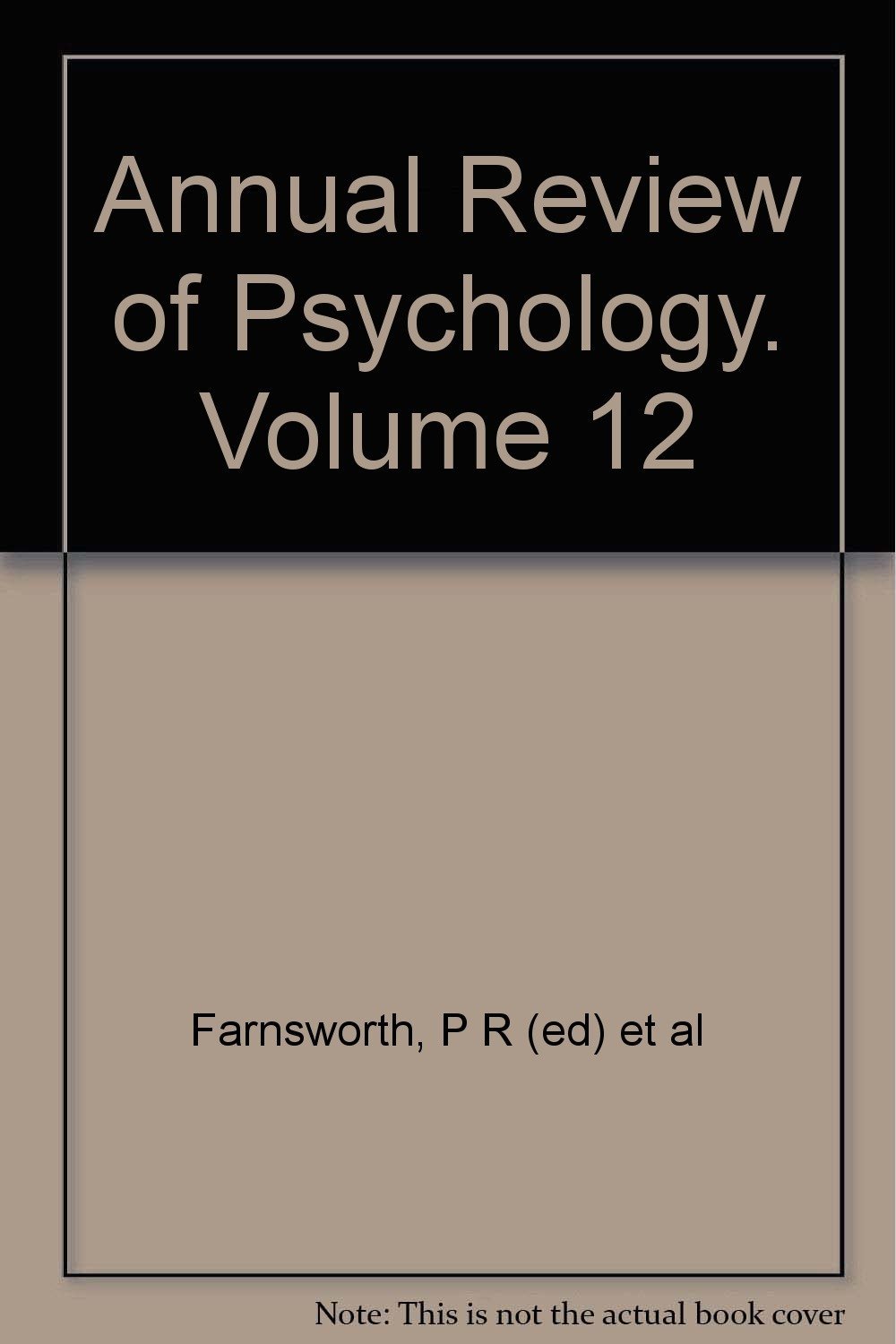人们如何看待伴侣?
IF 29.4
1区 心理学
Q1 PSYCHOLOGY
引用次数: 0
摘要
对恋爱或性伴侣的好感从何而来?本文概述了关于伴侣评价的大量文献,从最初的吸引到长期的关系设置,并对这些文献进行了结构化处理。首先,我们区分了两种研究,一种是确定平均预测积极评价的因素(即规范可取性),另一种是试图记录某些因素对谁更积极或不那么积极(即可取性的异质性)。其次,我们回顾了往往在评价过程中占主导地位的积极偏差,以及在这一研究领域大有可为的(和急需的)新方法。第三,我们从当代视角探讨了解释评价如何在整个关系过程中转变和变化的机制。第四,也是最后一点,我们将讨论伴侣评价研究中样本和视角的多样化将如何解决有关文化、耻辱和社会经济地位的新颖和有启发性的问题。本文章由计算机程序翻译,如有差异,请以英文原文为准。
How Do People Feel About Mates?
Where do positive feelings about a romantic or sexual partner come from? This article offers an overview of—and imposes some structure on—the enormous literature on mate evaluation, from initial attraction to long-term relationship settings. First, we differentiate between research that identifies the factors that predict positive evaluation on average (i.e., normative desirability) and research that attempts to document for whom certain factors are more versus less positive (i.e., heterogeneity in desirability). Second, we review the positive biases that tend to dominate the evaluative process, as well as the promising (and sorely needed) new methods in this research space. Third, we cover contemporary perspectives on the mechanisms that explain how evaluations shift and change over the entire relationship arc. Fourth and finally, we discuss how diversifying the samples and perspectives in mate evaluation research will address novel and generative questions about culture, stigma, and socioeconomic status.
求助全文
通过发布文献求助,成功后即可免费获取论文全文。
去求助
来源期刊

Annual review of psychology
医学-心理学
CiteScore
47.30
自引率
0.80%
发文量
48
期刊介绍:
The Annual Review of Psychology, a publication that has been available since 1950, provides comprehensive coverage of the latest advancements in psychological research. It encompasses a wide range of topics, including the biological underpinnings of human behavior, the intricacies of our senses and perception, the functioning of the mind, animal behavior and learning, human development, psychopathology, clinical and counseling psychology, social psychology, personality, environmental psychology, community psychology, and much more. In a recent development, the current volume of this esteemed journal has transitioned from a subscription-based model to an open access format as part of the Annual Reviews' Subscribe to Open initiative. As a result, all articles published in this volume are now freely accessible to the public under a Creative Commons Attribution (CC BY) license.
 求助内容:
求助内容: 应助结果提醒方式:
应助结果提醒方式:


